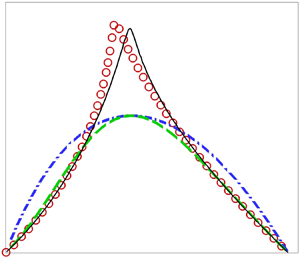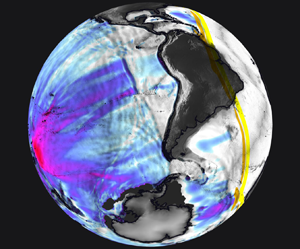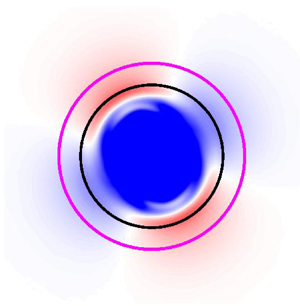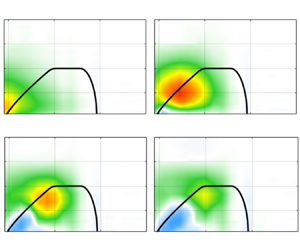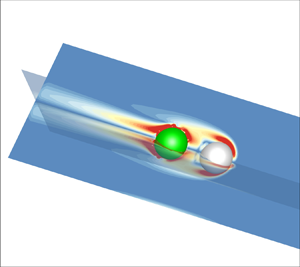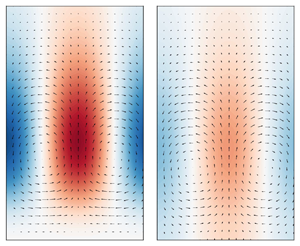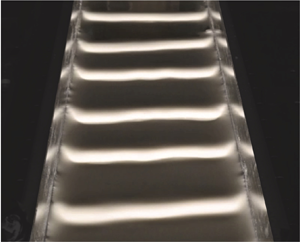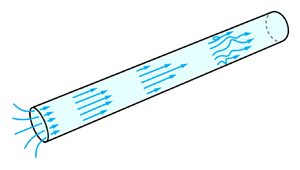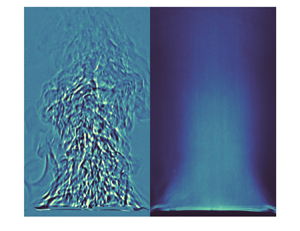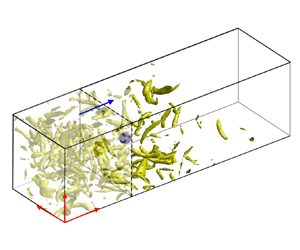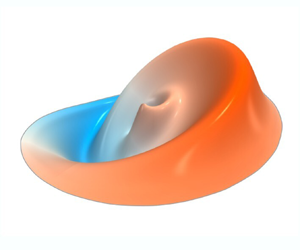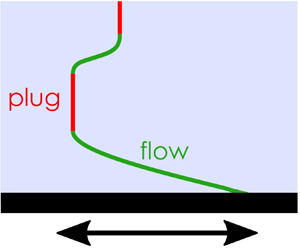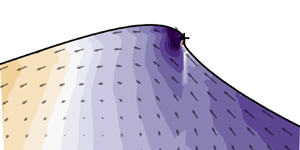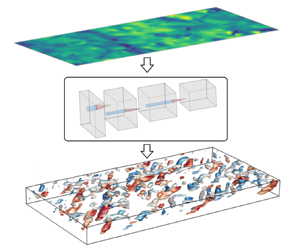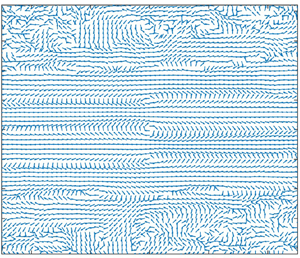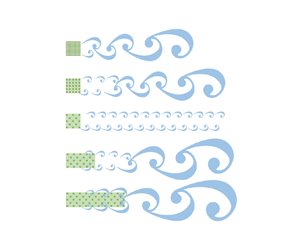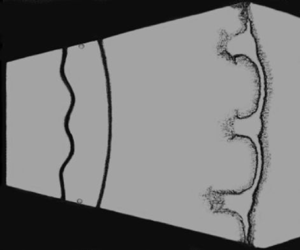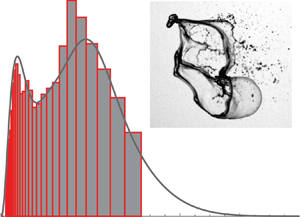doi:10.1017/jfm.2023.81 Hutchinson et al. The evolution of a viscous gravity current in a confined geometry
Contents
JFM Papers
Freak wave in a two-dimensional directional wavefield with bottom topography change. Part 1. Normal incidence wave
-
- Published online by Cambridge University Press:
- 17 March 2023, A19
-
- Article
- Export citation
Energy balances for the collision of gravity currents of equal strengths
-
- Published online by Cambridge University Press:
- 17 March 2023, A20
-
- Article
-
- You have access
- Open access
- HTML
- Export citation
Spatial–temporal transformation for primary and secondary instabilities in weakly non-parallel shear flows
-
- Published online by Cambridge University Press:
- 17 March 2023, A21
-
- Article
- Export citation
Two-way coupled long-wave isentropic ocean-atmosphere dynamics
-
- Published online by Cambridge University Press:
- 17 March 2023, A22
-
- Article
-
- You have access
- Open access
- HTML
- Export citation
Linear stability of monopolar vortices over isolated topography
-
- Published online by Cambridge University Press:
- 20 March 2023, A23
-
- Article
- Export citation
Trailing-edge noise reduction through finlet-induced turbulence
-
- Published online by Cambridge University Press:
- 20 March 2023, A24
-
- Article
-
- You have access
- Open access
- HTML
- Export citation
Cargo carrying with an inertial squirmer in a Newtonian fluid
-
- Published online by Cambridge University Press:
- 20 March 2023, A25
-
- Article
- Export citation
Frequency-tuned surfaces for passive control of wall-bounded turbulent flow – a resolvent analysis study
-
- Published online by Cambridge University Press:
- 22 March 2023, A26
-
- Article
-
- You have access
- Open access
- HTML
- Export citation
Shear-thickening suspensions down inclines: from Kapitza to Oobleck waves
-
- Published online by Cambridge University Press:
- 22 March 2023, A27
-
- Article
- Export citation
Hydrodynamics of finite-length pipes at intermediate Reynolds numbers
-
- Published online by Cambridge University Press:
- 23 March 2023, A28
-
- Article
-
- You have access
- Open access
- HTML
- Export citation
Turbulent plumes above a heated plate
-
- Published online by Cambridge University Press:
- 22 March 2023, A29
-
- Article
-
- You have access
- Open access
- HTML
- Export citation
Mechanisms and models of particle drag enhancements in turbulent environments
-
- Published online by Cambridge University Press:
- 23 March 2023, A30
-
- Article
- Export citation
Propulsive performance of oscillating plates with time-periodic flexibility
-
- Published online by Cambridge University Press:
- 22 March 2023, A31
-
- Article
-
- You have access
- Open access
- HTML
- Export citation
The motion of a layer of yield-stress material on an oscillating plate
-
- Published online by Cambridge University Press:
- 22 March 2023, A32
-
- Article
- Export citation
An energetic signature for breaking inception in surface gravity waves
-
- Published online by Cambridge University Press:
- 23 March 2023, A33
-
- Article
- Export citation
Reconstruction of three-dimensional turbulent flow structures using surface measurements for free-surface flows based on a convolutional neural network
-
- Published online by Cambridge University Press:
- 23 March 2023, A34
-
- Article
-
- You have access
- Open access
- HTML
- Export citation
Comparison of smooth- and rough-wall non-equilibrium boundary layers with favourable and adverse pressure gradients
-
- Published online by Cambridge University Press:
- 23 March 2023, A35
-
- Article
- Export citation
Experimental study on the combined effects of patch density and elongation on wake structure behind a rectangular porous patch
-
- Published online by Cambridge University Press:
- 24 March 2023, A36
-
- Article
-
- You have access
- Open access
- HTML
- Export citation
Divergent Richtmyer–Meshkov instability on a heavy gas layer
-
- Published online by Cambridge University Press:
- 24 March 2023, A37
-
- Article
- Export citation
Size distribution of a drop undergoing breakup at moderate Weber numbers
-
- Published online by Cambridge University Press:
- 24 March 2023, A38
-
- Article
- Export citation











